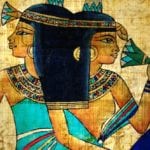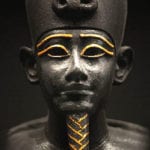 Space
Space  Space
Space  Humans
Humans 10 Unique Ancient Peoples Whose Cultural Footprints Still Shape the World
 Technology
Technology 10 Inventors Who Died Before Seeing Their Creations Succeed
 Crime
Crime 10 Shocking Crimes Where the Perpetrator Walked Free
 Creepy
Creepy 10 Representations of Death from Myth, Legend, and Folktale
 Space
Space 10 of the Weirdest Ways the Universe Works
 Weird Stuff
Weird Stuff 10 Crazy News Stories No One Expected to Read in 2025
 Crime
Crime 10 Bizarre Cases of Killer Seniors
 Technology
Technology 10 Signs That “Made in the U.S.A.” Still Lives
 Music
Music Top 10 Songs That Tell Stories Better Than Books
 Space
Space 10 Surprising Things Found or Left on the Moon
 Humans
Humans 10 Unique Ancient Peoples Whose Cultural Footprints Still Shape the World
 Technology
Technology 10 Inventors Who Died Before Seeing Their Creations Succeed
Who's Behind Listverse?

Jamie Frater
Head Editor
Jamie founded Listverse due to an insatiable desire to share fascinating, obscure, and bizarre facts. He has been a guest speaker on numerous national radio and television stations and is a five time published author.
More About Us Crime
Crime 10 Shocking Crimes Where the Perpetrator Walked Free
 Creepy
Creepy 10 Representations of Death from Myth, Legend, and Folktale
 Space
Space 10 of the Weirdest Ways the Universe Works
 Weird Stuff
Weird Stuff 10 Crazy News Stories No One Expected to Read in 2025
 Crime
Crime 10 Bizarre Cases of Killer Seniors
 Technology
Technology 10 Signs That “Made in the U.S.A.” Still Lives
 Music
Music Top 10 Songs That Tell Stories Better Than Books
10 Bizarre Facts About The Pharaohs Of Ancient Egypt
The pharaohs of Egypt were treated like gods. They were rulers of one of the first great civilizations, living in absolute luxury, with dominion over an empire the likes of which the world had never seen. They dined on milk and honey. Teams of people died building statues in their honor. And, when their own lives came to an end, they were buried in world wonders that have stood for more than 4000 years.
SEE ALSO: 10 Bizarre Sexual Facts From Ancient Egypt
Nobody had ever had that type of power before. The pharaohs were pioneers in a new frontier of decadence, exploring the new world of absolute power and luxury in ways that nobody ever had before. They were enjoying life like never before—and sometimes, they got a bit carried away.
10Pepi II’s Obsession with Pygmies
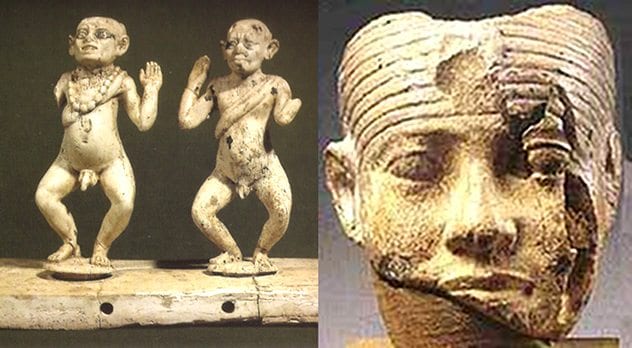
Pepi II was about six years old when he became the king of Egypt. He was a tiny child ruling a massive kingdom, and his priorities were more or less where you would expect a six-year-old boy’s to be.
The young king, as you might imagine, was a little spoiled. Shortly after he became king, an explorer named Harkhuf wrote him a letter reporting that he had met a dancing pygmy. It was the greatest thing Pepi II had ever heard. He had to see it for himself.
“Drop everything!” Pepi II ordered Harkhuf. “Come north to the palace at once!” He wanted that dancing pygmy—and he would not risk it for anything. Harkhuf was under strict orders not to let anything happen to the pygmy. “When he goes down with you to the boat, get trusty men to stand around him on the gangplank—don’t let him fall in the water! When he goes to bed at night, get trusty men to lie all round him in his hammock. Inspect ten times a night!”
Pepi II got his dancing pygmy, and pretty much everything else he ever asked for. He was spoiled, to say the least, and he learned to accept that he was more important than other people. By the time he had grown up, he was so corrupt that he made his slaves strip naked, cover themselves in honey and follow him around just to keep the flies away.
9Sesostris’s Giant Genital Monuments
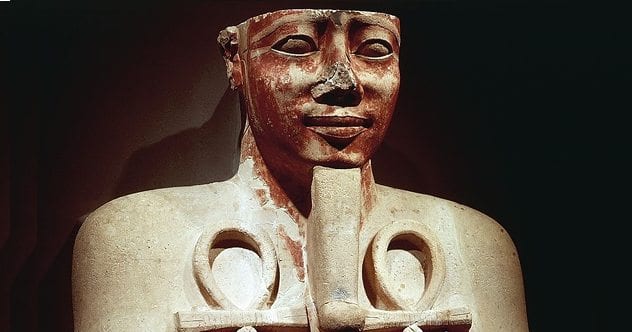
Sesostris was one of the greatest military commanders in Egyptian history. He sent warships and troops to every corner of the known world and stretched his kingdom further than anyone had ever seen. And, after each battle, he commemorated his success—by setting up a big pillar with a picture of someone’s genitals.
Sesostris left pillars on the sites of every battleground. For the most part, these were engraved with the usual boasting—who he was, how he had subdued his enemies, and how certain he was that the gods were in favor of his “invade everyone” policy.
But Sesostris left a little extra mark that sort of worked like a review of the opposing army. If they were strong and had fought valiantly, he would engrave a picture of a penis on it. But if they did not put up much of a fight, he would carve a picture of a vagina.
These pillars were left all across the continent, and they stood the test of time. Herodotus saw some of Sesostris’s monuments first-hand. 1500 years after they were erected, they still stood in Syria, engraved with the genitals of failure.
8Pheros’s Urine Baths
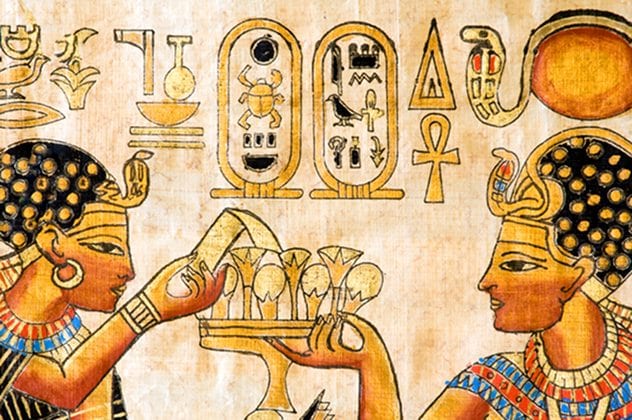
Sesostris’s son, Pheros, was blind. It was most likely a disease he had inherited from his father, but the official Egyptian story was that he had been cursed. The Nile was flooding, as the story goes, and Pheros got fed up with it for refusing to cooperate. So he threw a spear at the river, figuring that was probably how you make water go down, and, for his insolence, was struck blind by the gods.
Ten years later, an oracle told Pheros that he could get his sight back. All he had to do, she told him, was wash his eyes with the urine of a woman who had never slept with anyone other than her husband.
Pheros tried using his wife’s, but it did not work. He was still blind, and his wife now had some explaining to do. First, though, Pheros gathered up every woman in town, made them pee into a pot and poured it into his eyes.
It worked. After going through dozens of women, Pheros found one who was not cheating on her husband and got his sight back. He married her on the spot—and burned his old wife to death.
Or, at least, that is how the legend goes. Of course, it is unlikely that Pheros really got his sight back through magic urine. Maybe he just needed a good story to explain a weird habit.
7Hatshepsut’s Fake Beard

Hatshepsut was one of the few women to rule over Egypt. She had big plans in mind. She would build some of Egypt’s greatest wonders—but it would not be easy. Egypt may have been a bit more progressive than the other countries around it, but they still did not treat women as equals. As queen, she a lot working against her.
So, Hatshepsut ordered her people to only ever draw her as a man. In every picture, she was to be drawn with rippling biceps and a full beard. She called herself the “Son of Ra” whenever she introduced herself, and it is very likely that she actually wore a fake beard in real life, too.
She managed to accomplish a lot while she was alive, in part by tricking everyone into thinking she was a man—but it did not pan out. Her son ended up erasing her from history to hide that a woman had ever been king. He did it so well, in fact, that we did not even find out she existed until 1903.
6Amasis’s Fart-Based Diplomacy
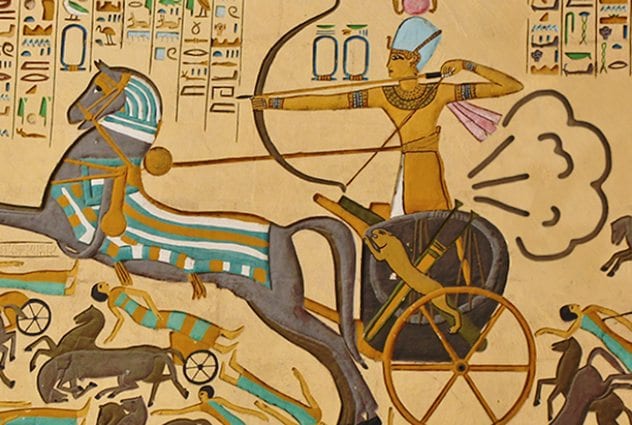
Amasis was not exactly the most polite Pharaoh to ever sit on the throne. He was an alcoholic. He was a kleptomaniac who would steal his friends’ stuff, put it in his house, and then try to convince them that they had never owned it in the first place.
He got the throne by force. The king had sent him to calm down a rebellion, but when he got there, he realized the Rebels had a pretty good chance of winning—so he decided to lead them, instead. Ever a master of tact, he sent the king his declaration of war by lifting up his leg, farting, and telling a messenger, “Take that back to the king!”
All Amasis’s uncouth habits, though, actually led to some major reforms. When he had been a poor kleptomaniac, he had been sent to stand in front of oracles who were supposed to be able to divine whether he was innocent or guilty. When he was king, every oracle who had let him off the hook was punished for being a fraud. If they had really been able to speak to god, Amasis figured, they would have known he was guilty.
5Actisanes’s City of Noseless Criminals
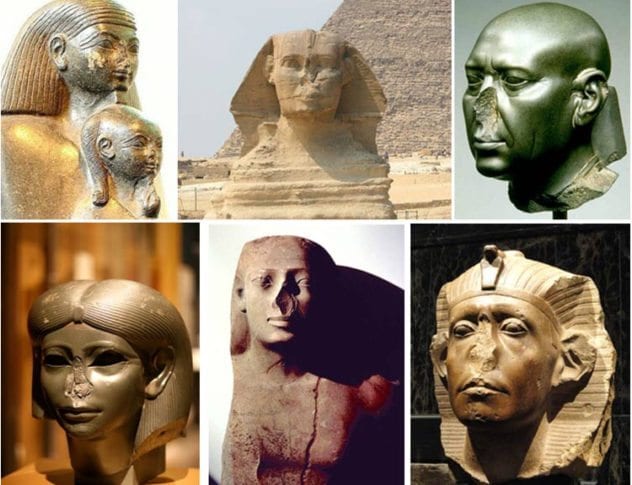
Amasis’s people did not put up with him for long. He was a harsh ruler, and it did not take long before he was overthrown. This time, the revolution was led by an Ethiopian named Actisanes, who was determined to take a gentler approach.
Actisanes had a new idea for dealing with criminals. Every person who committed a crime, he ruled, would have their nose cut off. Then they would be sent off to a town he called Rhinocolura—literally, the town of cut-off noses.
This would have been one hell of a weird town to visit. It was exclusively populated by noseless criminals, forced to fend for themselves in one of the harshest environments in the country. The water was contaminated, and they lived off scattered pieces of detritus that they found lying around.
Today that sounds harsh—but for a sixth century B.C. ruler, this was considered the height of benevolence. Romans wrote about Rhinocolura, calling it an example of Actisanes’s “kindly manner towards his subjects.” Back then, if you broke the law and just lost your nose, you were getting off easy.
4Ramses II’s 100 Children
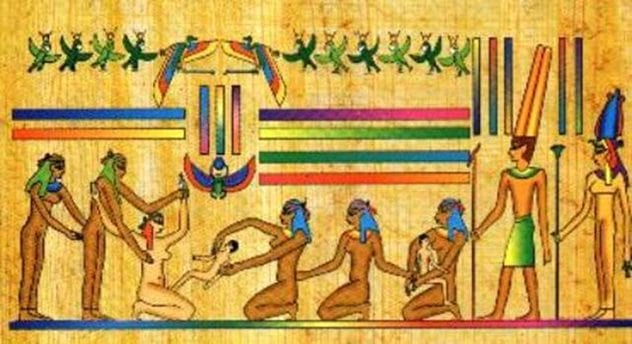
Ramses II lived so long that people started getting seriously worried that he might never die. In a time when most kings got assassinated within the first few years, Ramses II lived to be 91 years old. He enjoyed his time alive, too. Right up until the very end, he built more statues and monuments than anyone—and he slept with more women than anyone, too.
By the time he had died, Ramses II had at least 100 children with at least nine wives. It took a lot of sleeping with women to get there, but he made sure he put the hours in.
Ramses II married pretty well every girl he saw. When he invaded Kheta, he refused to sign a peace treaty unless they handed over their eldest daughter. And he did not shy away from his daughters, either. He married at least three of his own kids, including his first-born.
He may have married four. Historians are not sure whether his wife Henutmire was his daughter or his sister—but, since this is Ramses II we are talking about, there is no reason that “daughter,” “sister,” and “wife” have to be mutually exclusive.
3Cambyses’s Hatred for Animals
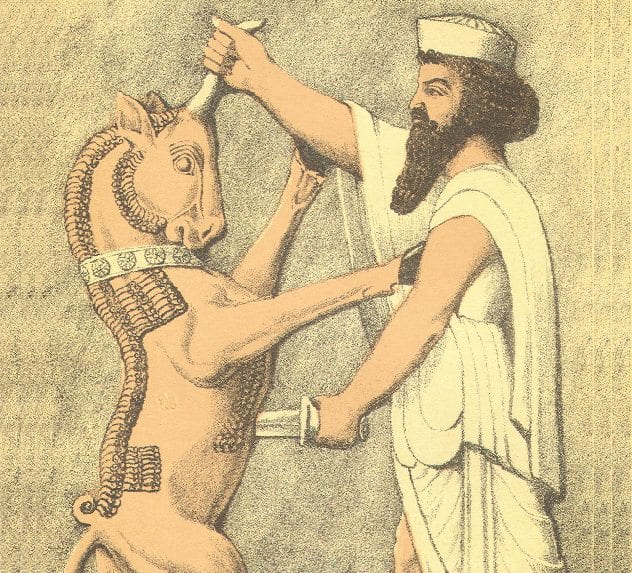
Cambyses was not actually Egyptian, he was Persian, and the son of Cyrus the Great. After his nation conquered Egypt, though, he was put in charge of the country. And so, he was a ruler of Egypt—and, apparently, someone who absolutely hated animals.
Nearly every story the Egyptians told about Cambyses involved him ruining the life of one animal or another. Early on, he went to see Apis, a bull the Egyptians treated as a god. Right in front of the priests of Apis, he pulled out a dagger and started stabbing the bull, laughing at them and saying, “This is a god worthy of the Egyptians!”
It was not just that he liked picking on Egyptians, though. He just liked watching animals suffer. In his spare time, he put on fights between lion cubs and puppies and made his wife watch as they tore each other apart.
2Akhenaten’s City Built on Broken Backs
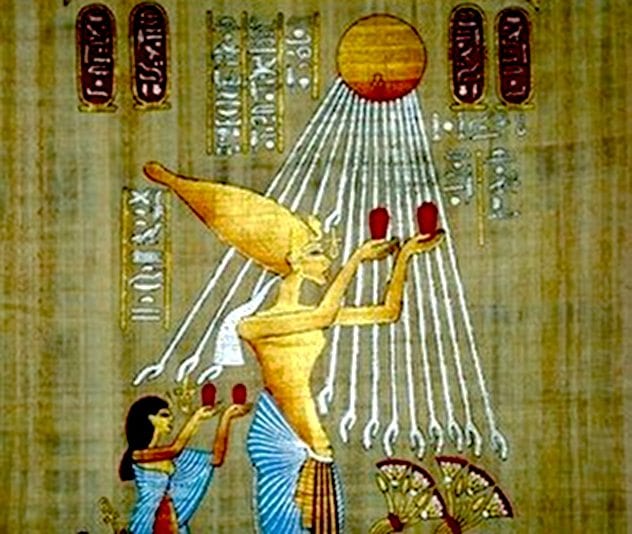
Akhenaten changed Egypt completely. Before he took the throne, the Egyptians had many gods, but Akhenaten cut out every god but one: Aten, the god of the sun. It meant a major upheaval in how Egypt was run, and it took a lot of work to do it. So much, in fact, that he literally worked his people to death.
He built a whole new city, Amarna, in honor of his god. He moved 20,000 people there and had them build it, no matter how badly their bodies ached. These people had to push through everything. Based on the bones in the town cemetery, more than two-thirds of his workers broke a bone while they were working, and a good one-third of them broke their spines.
The people were barely fed. Almost every person in the town was malnourished, and they were not allowed to do anything about it. If they broke rank and tried to snatch a little something extra, they were sentenced to be repeatedly stabbed.
And it was all for nothing. As soon as Akhenaten died, everything he did was destroyed. His very name was erased from Egyptian history.
1Menkaure’s Refusal to Die
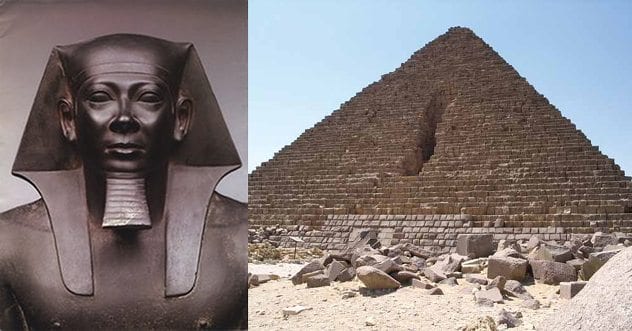
Even a Pharaoh dies. Though their titles called them undying, every pharaoh knew his end would come. And, though they built pyramids to take them onto the afterlife, every pharaoh must have had his doubts about what would come when they closed their eyes for the last time.
Menkaure, a pharaoh who ruled in the 26th century B.C., definitely had his doubts. When an oracle came to him and told him that he only had six years left to live, he was terrified. He did everything he could to avoid it.
He decided he could fool the gods. As long as night never came, Menkaure figured, a new day would never begin. If a new day never began, time could not pass—and he could not die. So, every night, he lit up as many lamps as he could and convinced himself it was still daytime.
For the rest of his life, Menkaure would not sleep. He spent every night up drinking and celebrating under artificial light, terrified of the moment when his light finally went out.
Mark Oliver is a regular contributor to Listverse. He writing also appears on a number of other sites, including The Onion’s StarWipe and Cracked.com. His website is regularly updated with everything he writes.
